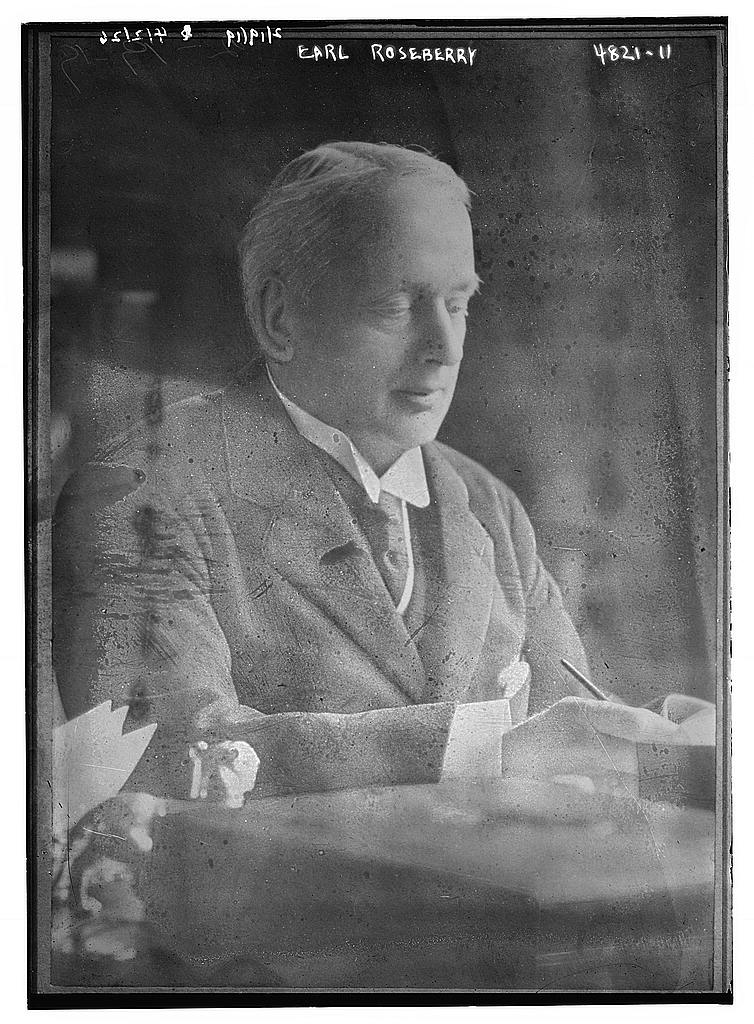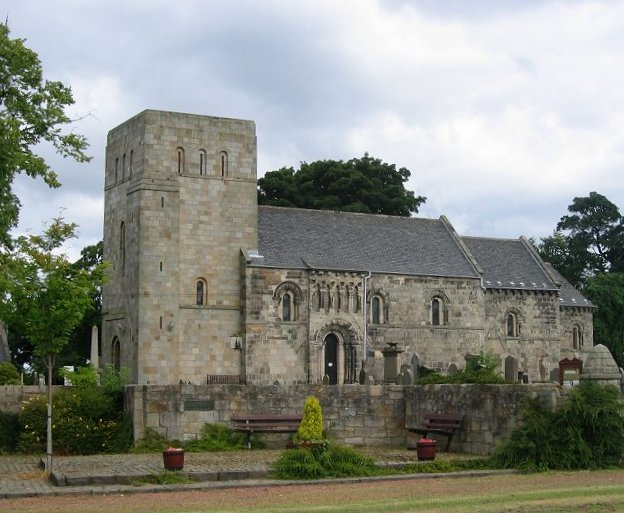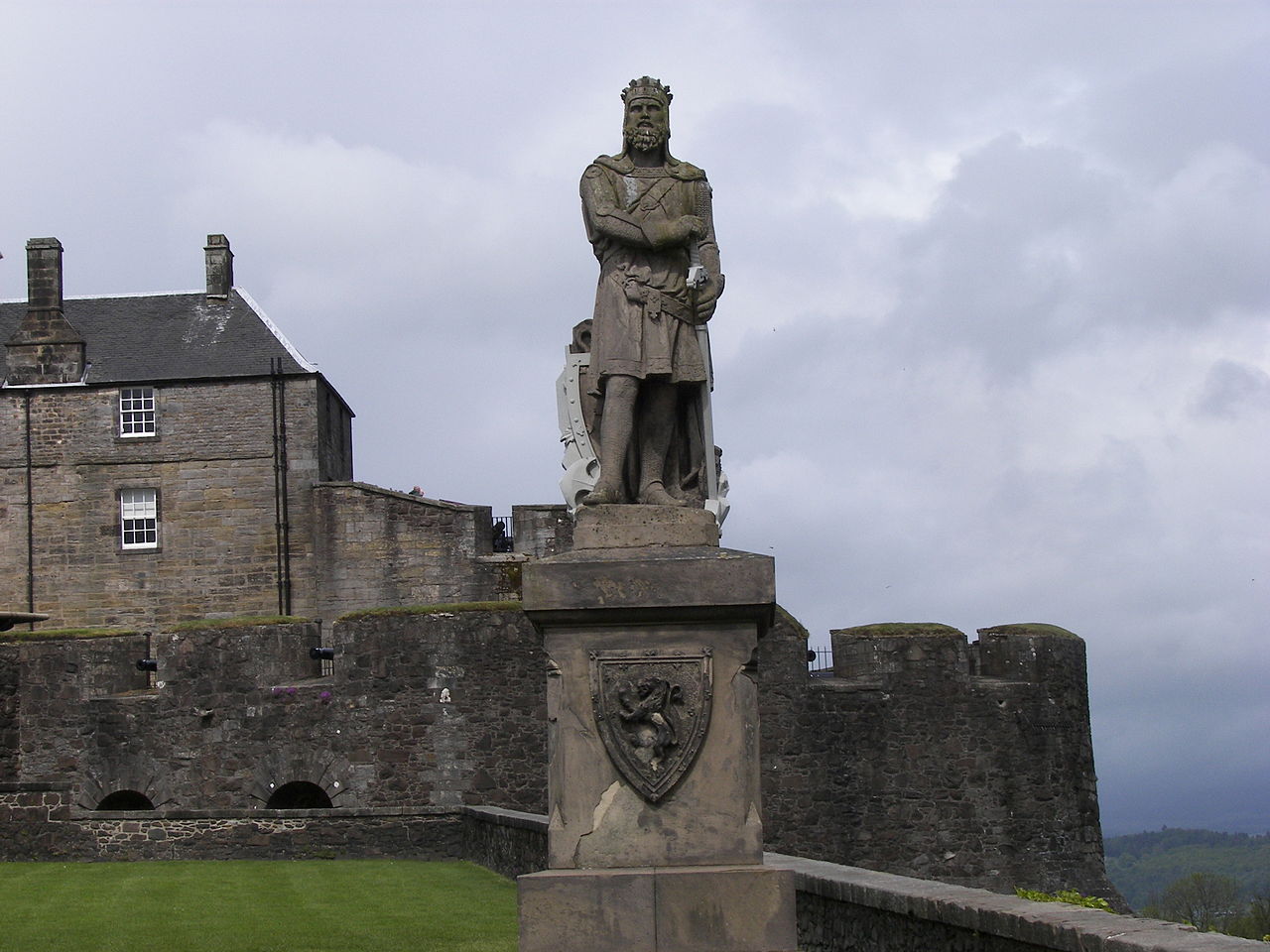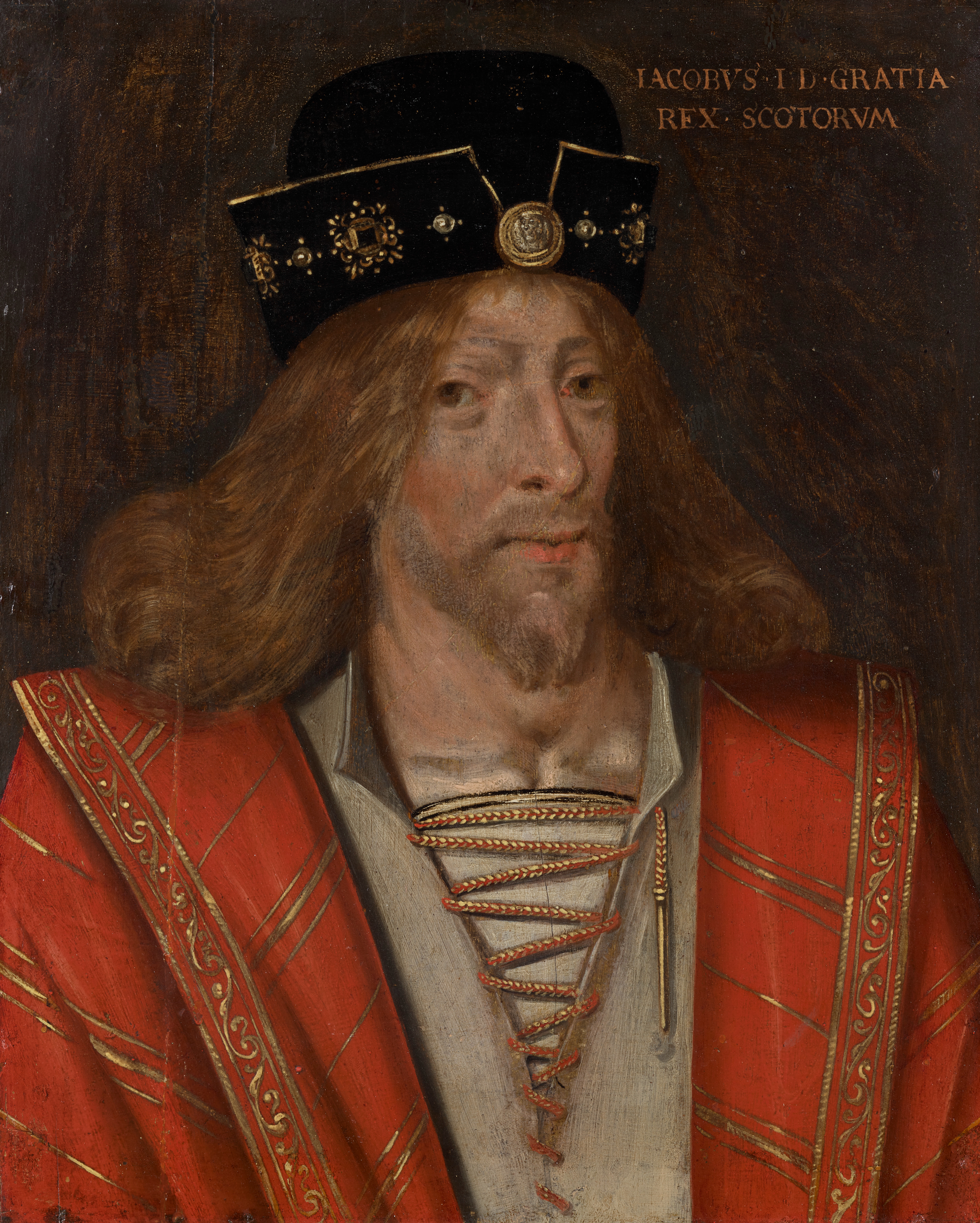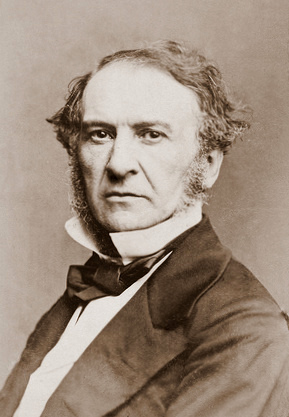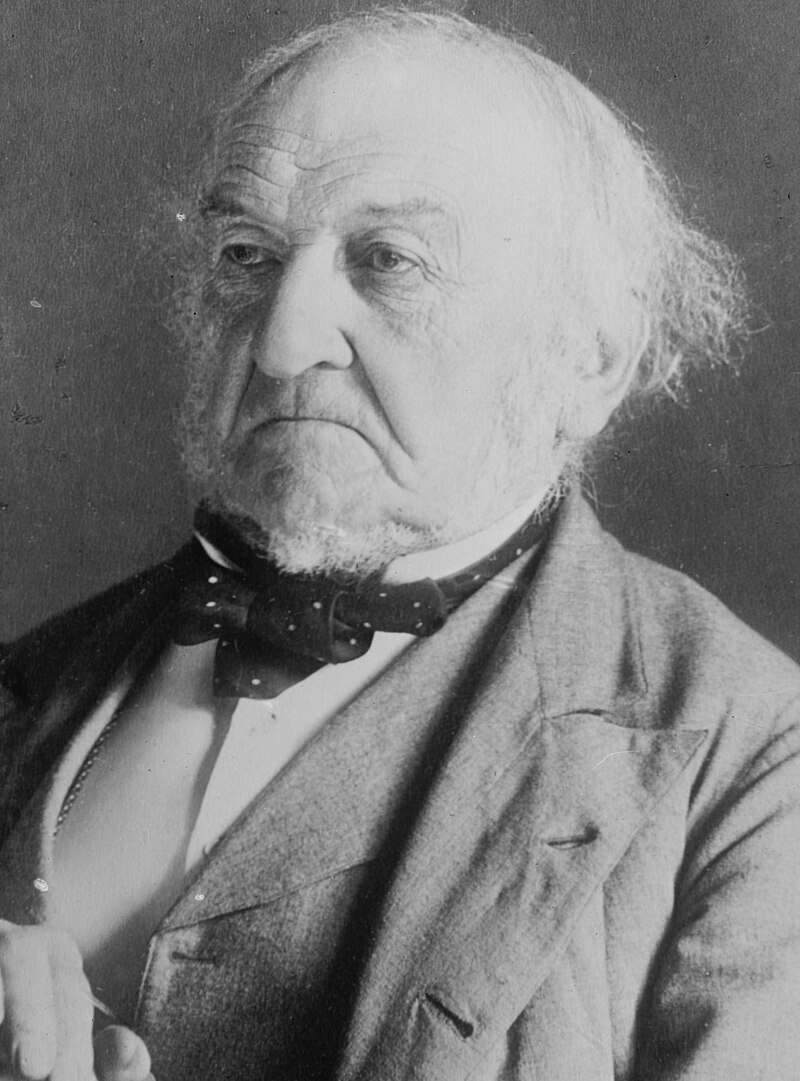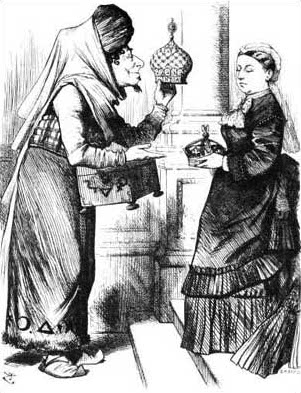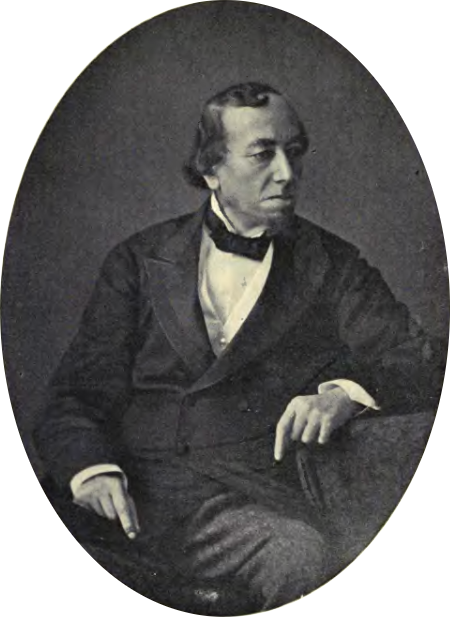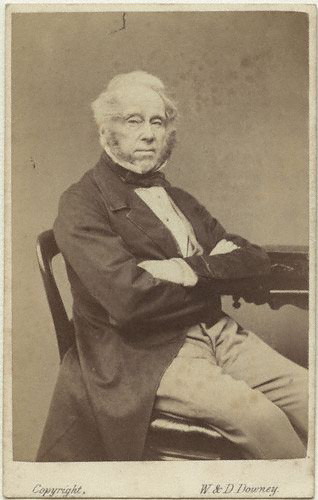by Susan Flantzer
© Unofficial Royalty 2018




(Prior to the accession of King Charles III in September 2022) – Coronet of the Duke of Cornwall and Rothesay; Coronet of the Duke of Cambridge and Duke of Sussex; Coronet of the late Duke of Edinburgh and Duke of York; Coronet of the Duke of Gloucester and Duke of Kent; Credit – By SodacanThis W3C-unspecified vector image was created with Inkscape. – Own work, CC BY-SA 3.0, https://commons.wikimedia.org/w/index.php?curid=10963941
Duke is the highest title in the British peerage. A royal duke is a member of the British royal family, who is entitled to the style and title of His Royal Highness Prince <First Name> and who also has been created a duke. Usually, royal dukedoms are created when a Sovereign’s son or a Sovereign’s male-line grandson reaches the age of majority or marries.
Royal dukes are created by a Letters Patent from the Sovereign. All Letters Patent for royal dukes have followed the one below for the Duke of Edinburgh created by King George VI.
The KING has been pleased by Letters Patent under the Great Seal of the Realm, bearing date the 20th of November 1947, to confer the dignity of a Duke of the United Kingdom upon Lieutenant His Royal Highness Sir Philip Mountbatten, K.G., R.N., and the heirs male of his body lawfully begotten, by the name, style and title of BARON GREENWICH, of Greenwich in the County of London, EARL OF MERIONETH, and DUKE OF EDINBURGH.
The phrase “the heirs male of his body lawfully begotten” means that the eldest surviving son of a lawful marriage shall inherit the title. Heirs of peerages use a subsidiary title of the title holder as a courtesy title. For instance, the heir of Prince Richard, Duke of Gloucester uses the subsidiary title Earl of Ulster as a courtesy title. Heirs that are HRH Prince do not use subsidiary titles. Archie Harrison Mountbatten-Windsor, the son of Prince Harry, Duke of Sussex, is the heir apparent to his father’s Dukedom of Sussex, Earldom of Dumbarton, and Barony of Kilkeel. Earl of Dumbarton would be the courtesy title. However, the Duke and Duchess of Sussex instead decided that their son would be styled as Master Archie Mountbatten-Windsor in accordance with their wish that he should live his life as a private citizen. (This changed following the accession of King Charles III, when Archie became Prince Archie of Sussex, as a male-line grandchild of the Sovereign.)
The Dukedoms of Gloucester and Kent are now in their second generation. The heirs to these dukedoms are great-grandsons of a Sovereign and are not entitled to the style and title of HRH Prince. Instead, they are styled with their fathers’ senior subsidiary title. When they inherit the dukedom from their royal fathers, it will cease to be a royal dukedom.
The heirs of the current royal dukes are
- Duke of Cambridge: Prince George of Wales
- Duke of Sussex: Prince Archie of Sussex
- Duke of York: no male heir
- Duke of Gloucester: Alexander Windsor, Earl of Ulster
- Duke of Kent: George Windsor, Earl of St. Andrews
- Duke of Edinburgh: James Mountbatten-Windsor, Earl of Wessex
Current Royal Dukes
| Dukedom | Name | Year Created | Subsidiary Titles |
| Duke of Cambridge | Prince William, The Prince of Wales | 2011 |
Earl of Strathearn Baron Carrickfergus |
| Duke of Sussex | Prince Harry | 2018 |
Earl of Dumbarton Baron Kilkeel |
| Duke of York | Prince Andrew | 1986 |
Earl of Inverness Baron Killyleagh |
| Duke of Gloucester | Prince Richard | 1928, for his father Prince Henry, son of King George V |
Earl of Ulster Baron Culloden |
| Duke of Kent | Prince Edward | 1934, for his father Prince George, son of King George V |
Earl of St Andrews Baron Downpatrick |
| Duke of Edinburgh | Prince Edward | 2023 |
Earl of Wessex Earl of Forfar Viscount Severn |
Royal dukes are styled HRH The Duke of (X) and their wives are styled HRH The Duchess of (X). The royal eldest son of a royal duke does not use the subsidiary title of his father as is the practice in dukes of the British peerage. All royal children of a royal duke are styled HRH Prince/Princess <First Name> of (X).
On his wedding day in 1999, Prince Edward, the youngest child of Queen Elizabeth II, was created Earl of Wessex and Viscount Severn, breaking with the tradition of a dukedom being granted to the son of the Sovereign upon marriage. However, it was announced that Prince Edward will eventually be granted the Dukedom of Edinburgh, his late father’s title, at such time when it has reverted back to the Crown. In 2019, on the Earl of Wessex’s 55th birthday, it was announced that Queen Elizabeth II had granted him another title, Earl of Forfar, named after Forfar, a town in Angus, Scotland. When in Scotland, Edward and his wife Sophie will be known as TRH The Earl and Countess of Forfar. On March 10, 2023, Prince Edward was created Duke of Edinburgh by King Charles III.
At the time of the wedding of Prince Edward and Sophie Rhys-Jones, it was announced that Queen Elizabeth II had decided, in agreement with the wishes of the couple, that any children of their marriage would not use the style Royal Highness and the title Prince or Princess. Instead, any children would have courtesy titles of sons and daughters of an Earl. While the parents were styled HRH The Earl of Wessex and HRH The Countess of Wessex, their daughter was and still is styled The Lady Louise Mountbatten-Windsor and their son was styled Viscount Severn, his father’s subsidiary title. Upon their father being created Duke of Edinburgh, James will now use his father’s highest subsidiary title and will be styled James, Earl of Wessex.
Duke of Cornwall is a secondary title of the Sovereign’s eldest living son in England and Duke of Rothesay is a secondary title of the Sovereign’s eldest son and heir apparent in Scotland. Both titles are currently held by William, The Prince of Wales, the eldest son of King Charles III. They are automatic titles and when King Charles III succeeded to the throne his eldest son William automatically become Duke of Cornwall and Duke of Rothesay. See the articles Duke of Cornwall and Duke of Rothesay for a list of those dukes.
********************
History

King Edward III started creating his sons Dukes; Credit – Wikipedia
After the Norman Conquest in 1066, monarchs began to bestow peerages on their sons almost immediately. Prior to King Edward III, Earl was the title bestowed unless the title was foreign such as Duke of Normandy or Count of Poitiers. Through the years, grandsons, brothers, and other male relatives of Sovereigns have also been created peers but the list below only includes sons of Sovereigns.
- William I sons: Duke of Normandy (French)
- Henry I sons: legitimate son had no title, illegitimate sons were Earl of Gloucester, Earl of Cornwall
- Stephen sons: no English titles, Count of Boulogne
- Henry II sons: no English titles; William: Count of Poitiers; Henry: the Young King; Richard:
- Duke of Normandy, Duke of Aquitaine, Duke of Gascony, Lord of Cyprus, Count of Poitiers, Count of Anjou, Count of Maine, Count of Nantes, and Overlord of Brittany; Geoffrey: Duke of Brittany; John: Lord of Ireland
- John sons: Earl of Cornwall
- Henry III sons: Earl of Lancaster, Earl of Leicester
- Edward I sons: Earl of Cornwall, Earl of Chester, Earl of Norfolk, Earl of Kent
- Edward II sons: Earl of Cornwall
- Edward III sons: Duke of Clarence, Duke of Lancaster, Duke of York, Duke of Gloucester
- Henry IV sons: Duke of Clarence, Duke of Bedford, Duke of Gloucester
- Edward IV sons: Duke of York, Duke of Bedford
- Richard III son: Earl of Salisbury
- Henry VII son: Duke of York
- Henry VIII: illegitimate son Duke of Richmond
- James I sons: Duke of Kintyre (Scottish title)
- Charles I sons: Duke of York (James II), Duke of Gloucester
- Charles II illegitimate sons: Duke of Monmouth, Duke of Southampton, Duke of Cleveland, Duke of Grafton, Duke of Northumberland, Duke of Richmond and Duke of Lennox
- James II’s sons: Duke of Cambridge (four sons), Duke of Kendal, Duke of Berwick (illegitimate son), Duke of Albemarle (illegitimate son)
- Anne’s son: Duke of Gloucester
- George I son: Duke of Cambridge
- George II son: Duke of Cumberland
- George III sons: Duke of York, Duke of Albany, Duke of Clarence, Duke of St. Andrews, Duke of Kent, Duke of Cumberland and Teviotdale, Duke of Sussex, Duke of Cambridge
- William IV illegitimate sons: Earl of Munster (only eldest son had a title; others were styled as Lord)
- Victoria sons: Duke of Edinburgh, Duke of Connaught, Duke of Albany
- Edward VII sons: Duke of Clarence and Avondale, Duke of York
- George V sons: Duke of York, Duke of Gloucester, Duke of Kent, Duke of Windsor
- Elizabeth II sons: Duke of York, Earl of Wessex
- Charles III sons: Duke of Cambridge, Duke of Sussex
Beginning with King George I and the House of Hanover the use of royal duke titles became more consistent. Below is a list of royal dukes since 1707.
| Name | Royal Lineage | Royal Dukedom(s) |
| George, later King George II | only son of King George I | Duke of Cambridge |
| Frederick, Prince of Wales | 1st son of King George II | Duke of Edinburgh |
| William Augustus | 3rd son of King George II | Duke of Cumberland |
| George, later King George III | 1st son of Frederick, Prince of Wales, grandson of King George II | Duke of Edinburgh |
| Edward Augustus | 2nd son of Frederick, Prince of Wales, grandson of King George II | Duke of York and Albany |
| William Henry | 3rd son of Frederick, Prince of Wales, grandson of King George II | Duke of Gloucester and Edinburgh |
| Henry Frederick | 4th son of Frederick, Prince of Wales, grandson of King George II | Duke of Cumberland and Strathearn |
| Frederick | 2nd son of King George III | Duke of York and Albany |
| William, later King William IV | 3rd son of King George III | Duke of Clarence and St Andrews |
| Edward | 4th son of King George III | Duke of Kent and Strathearn |
| Ernest Augustus, later King of Hanover | 5th son of King George III | Duke of Cumberland and Teviotdale |
| Augustus | 6th son of King George III | Duke of Sussex |
| Adolphus | 7th son of King George III | Duke of Cambridge |
| William Frederick | only son of William Henry, great-grandson of King George II | Duke of Gloucester and Edinburgh |
| George, later George V, King of Hanover | only son of Ernest Augustus, grandson of King George III | Duke of Cumberland and Teviotdale |
| George | only son of Adolphus, grandson of King George III | Duke of Cambridge |
| Alfred | 2nd son of Queen Victoria | Duke of Edinburgh |
| Arthur | 3rd son of Queen Victoria | Duke of Connaught and Strathearn |
| Leopold | 4th son of Queen Victoria | Duke of Albany |
| Ernest Augustus, Crown Prince of Hanover, Duke of Brunswick | only son of George V, King of Hanover, great-grandson of King George III | Duke of Cumberland and Teviotdale, deprived of British titles by the Titles Deprivation Act |
| Albert Victor | 1st son of King Edward VII | Duke of Clarence and Avondale |
| George, later King George V | 2nd son of King Edward VII | Duke of York |
| Carl Edward, Duke of Saxe-Coburg and Gotha | only son of Leopold, grandson of Queen Victoria | Duke of Albany, deprived of British titles by the Titles Deprivation Act |
| Albert, later King George VI | 2nd son of King George V | Duke of York |
| Henry | 3rd son of King George V | Duke of Gloucester |
| George | 4th son of King George V | Duke of Kent |
| Alastair | only son of Prince Arthur of Connaught, grandson of Arthur, Duke of Connaught, great-grandson of Queen Victoria | Duke of Connaught and Strathearn |
| Philip, born Prince of Greece and Denmark | husband of Queen Elizabeth II, female-line great-great-grandson of Queen Victoria | Duke of Edinburgh |
| Richard | 2nd son of Henry, grandson of King George V | Duke of Gloucester |
| Edward | 1st son of George, grandson of King George V | Duke of Kent |
| Andrew | 2nd son of Queen Elizabeth II | Duke of York |
| Edward | 3rd son of Queen Elizabeth II | Earl of Wessex |
| William | 1st son of King Charles III, grandson of Queen Elizabeth II | Duke of Cambridge |
| Harry | 2nd son of King Charles III, grandson of Queen Elizabeth II | Duke of Sussex |
| Edward | 3rd son of Queen Elizabeth II, brother of King Charles III | Duke of Edinburgh |
This article is the intellectual property of Unofficial Royalty and is NOT TO BE COPIED, EDITED, OR POSTED IN ANY FORM ON ANOTHER WEBSITE under any circumstances. It is permissible to use a link that directs to Unofficial Royalty.






